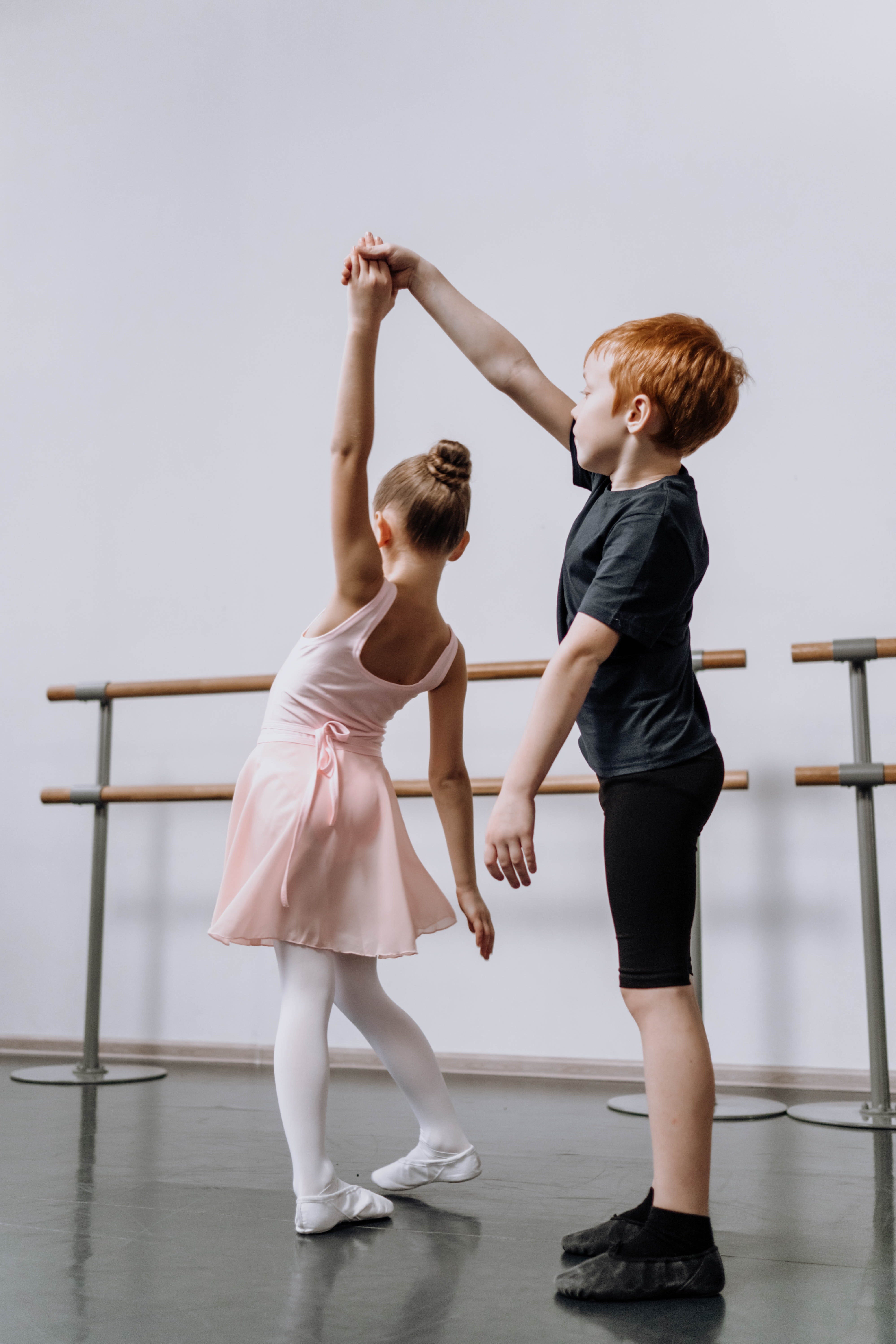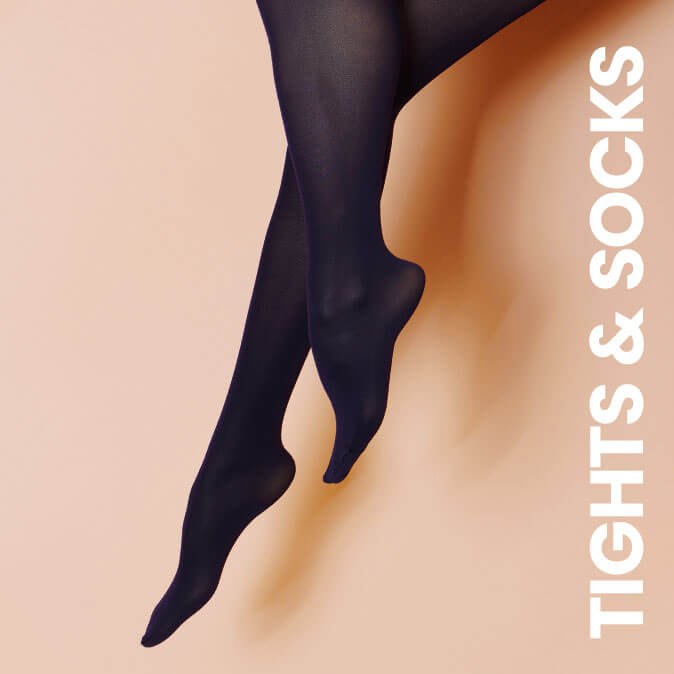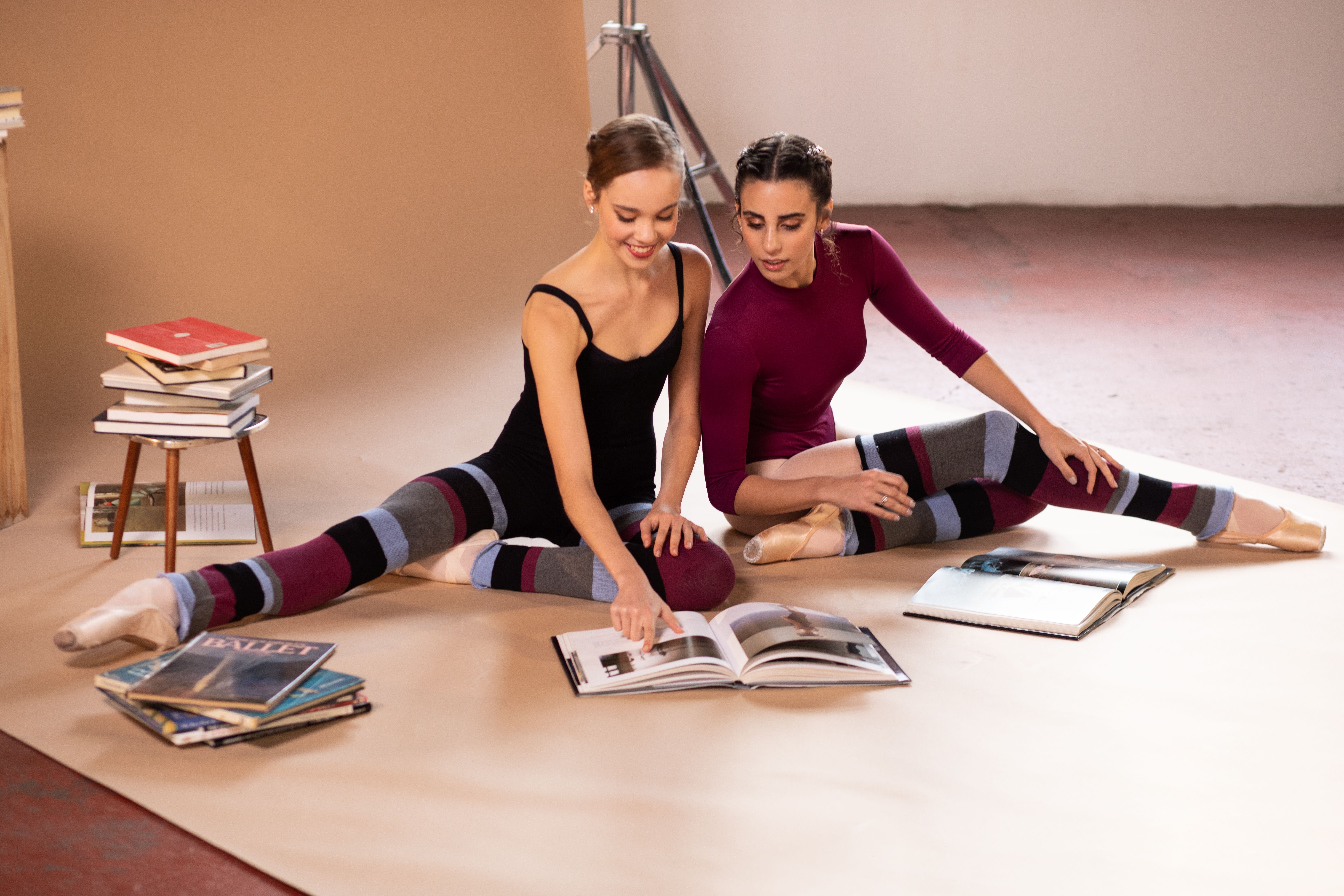Boys In Dance


The number of males taking up dance remains low. Dance has the power to grab the attention of boys and keep them focused, but despite this, boys dancing still seems to provoke mixed reactions.
There are many factors which contribute to this, including social attitudes, the quality and type of dance available and access to it. Public perception is difficult to change, but it is certainly not impossible. There does seem to be a cultural shift taking place however, in which gender roles are being recognised as the outdated and unnecessary, meaning our interests are slowly becoming less bound by outdated ideas of gender 'norms'.
We know that the benefits of dance are extensive, so we must continue to work to change the perception of gender in dance. Dancing is gender-neutral, and it recognises and celebrates everybody in promoting physical fitness, as a way to express and communicate, and to encourage teamwork, reflection, self-discipline and confidence.
It seems the aspect of inclusivity is hugely important. For dance teachers and their classes, it must be clear that male and male-identifying dancers are welcome. Hooking students in when they are children is ideal, when learning is often more playful and movement is more free, but this is not always possible. In this case, leading by example can work wonders, using role models to introduce and encourage dancing.
It is important to help boys feel more comfortable in dance class, from the decor, music you choose, uniform or clothing prescribed. You may still lose talented students despite your best efforts, but ultimately you will have created a space and an attitude within your classes in which boys are encouraged to dance, and therefore a richer experience for all.
The best way to encourage boys to dance is to not discourage it, so we can continue to break down gender stereotypes.










